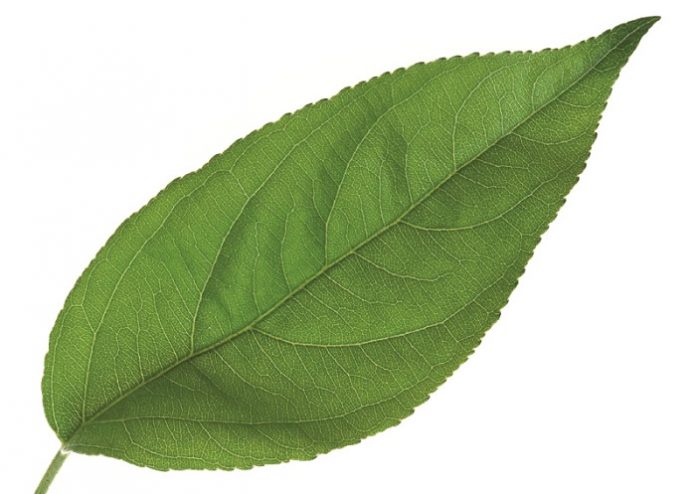An informal survey of the Indian packaging and label industry indicates that the financial year from 1 April 2014 to 31 March 2015 was one of significant growth in volumes, but
because of considerable price competition and in some cases hyper-competition, the growth in value was minimal. Throughout the industry, entry-barriers have risen – much
higher levels of investments are needed just to start a new packaging or label plant. In every segment new technology purchases are needed and happily, these are being made particularly by the leading printers and converters. “It is no longer economical to work with outdated technology,” says Rakesh Shah of W&H which has pioneered high quality wide web CI flexo in India. “There is a crying need for upgrading technology in every area,” he adds.
Flexibles
Flexible packaging grew well in FY 14-15withthe addition of more than 20 high-speed gravure presses and about eight or nine wide-web CI flexo presses including both European and Asian manufacturers. This capacity building is supported by more than two dozen electronic engravers for gravure cylinders and more than a dozen digital imagers for flexographic plates for all types of applications.
Labels
The label industry with its large footprint of narrow web flexo presses has also added significant capacity this year. The label industry has grown in volume in the high single digits butthe value growth has been relatively flat. The label segment has also now become more investment-oriented and more discriminating when it comes to technology. The increased technology requirements are reflected by the number of mid to high-end configuration full servo presses that have come in this year. The larger label converters continue to grow their locations both inside and outside the country – for instance April 2015 will see the inauguration of the Bengaluru-based Wintek (Signode India) plant in Rudrapur in North India. Nevertheless, as some industry insiders put it, “This is a time for a reality check, there is no point in supplying labels at un-economical and suicidal prices.”
Corrugated
The corrugated carton (brown box) industry has also created significant automated capacities for both printing and converting with flexo printer-slotters but challenges remain
in the slow improvement of domestically manufactured recycled liners. Nevertheless, the corrugated industry seems ready for a shakeout – perhaps it will overcome its fragmented character as the technology and infrastructure investment demands challenge some of the smaller players.
Monocartons
In the folding box or monocarton segment of the Indian packaging industry, ithas again been a year of volume growth rather than significant value or profitability growth. However, it has been a stellar year for investment with about ten high configuration multicolor full UV presses installed. At the upper end of this segment there has been a huge influx of 7-color presses – as many as five in the 40-inch format and at least three in smaller sizes. On top of all this, FY 14-15 saw two foilers installed on offset packaging presses with at least a couple more to follow in the next financial year.
Overall, FY 14-15 saw significant capacity creation, new technology absorption and volume growth. Prices remained under pressure for printers and converters and with some notable exceptions, there was little growth in profitability. FY 15- 16 starts off with a very strong order book for high configuration multicolor offset presses and a fairly good order book for
CI flexo presses.
Indian industry seems to accept the general exuberance of the investor-friendly Modinomics although it has not found any particular set of benefits even in its first full-fledged budget presented in February 2015. The packaging industry continues to maintain its own trajectory with its unalterable pace. As one senior industry insider says, “Industry apne chaal se chalti hai.”











